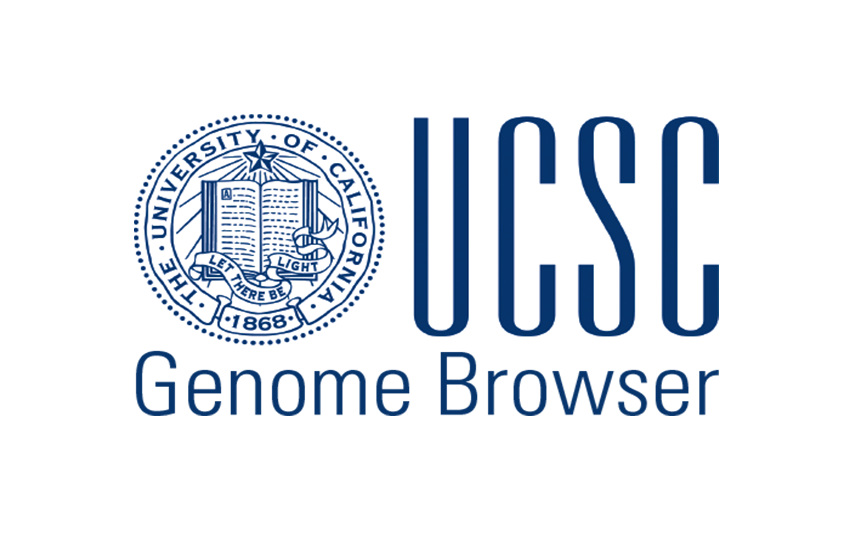
Student Project done by:
- Chui Pui Man, Pui
- Lee Kam Yan, Kam
- Wong Yin Chung, Alex
- Yu Man Yee, Mandy
Their slides can be downloaded here
UCSC Genome Browser is a web-based tool that provides a fast, easy way to display a specific region of a genome assembly, along with dozens of aligned annotation tracks.
The browser features data from a large collection of vertebrates, model organisms, and selected invertebrate genomes.
- Rapid and reliable display of any requested portion of genomes.
- Dozens of aligned annotation tracks show together.
- Tracks can be hidden, collapsed into a condensed or full display according to the user’s criteria.
- Rapid visual correlation of different types of information.
- Zooming and rolling controls help to narrow or broaden the displayed chromosomal range to focus on the exact region of interest.
- Half of the annotation tracks are computed at UCSC from publicly available sequence data.
- The remaining tracks are provided by worldwide.
- Users can add their own custom tracks to the browser for educational or research purposes.
Genome Assembly
Genome: entire genetic materials contain in an individual cell of organism
Human genome: diploid genome, 46 chromosomes, also genetic materials in mitochondria
Genome assembly: set of chromosomes, unlocalized scaffolds, unplaced scaffolds, alternate sequences that represent an organism’s genome
Gap
To measure length of genome: count no. of base pair
Normally, redundant regions will be deleted with assist of layering sequencing information over a physical map to combine scaffold information. However, this make gaps, appear and making sequence longer than typical base pair assembly. Redundant regions: haplotypes & pseudoautosomal regions
Tools and case study could be found here or the student project.
